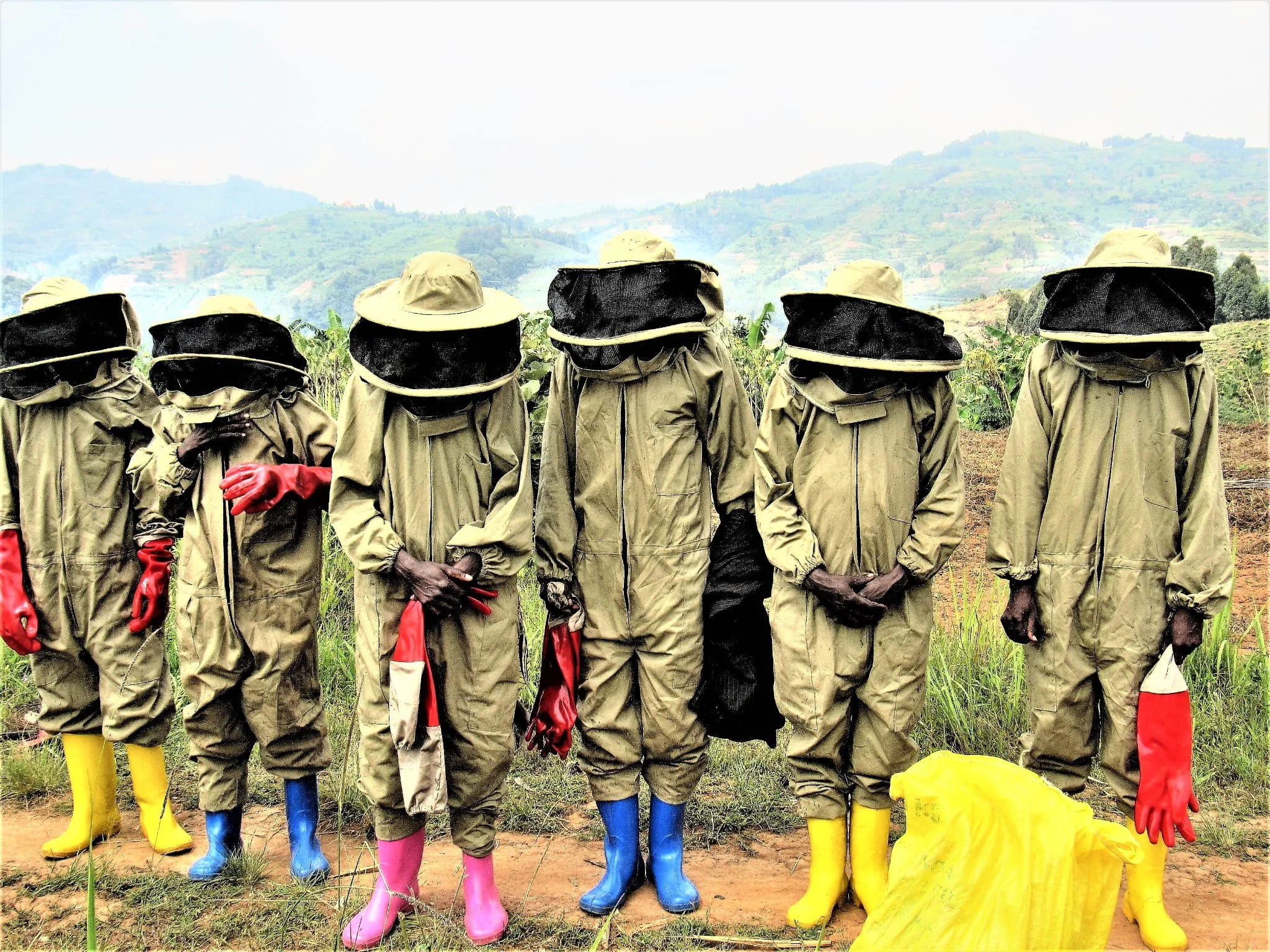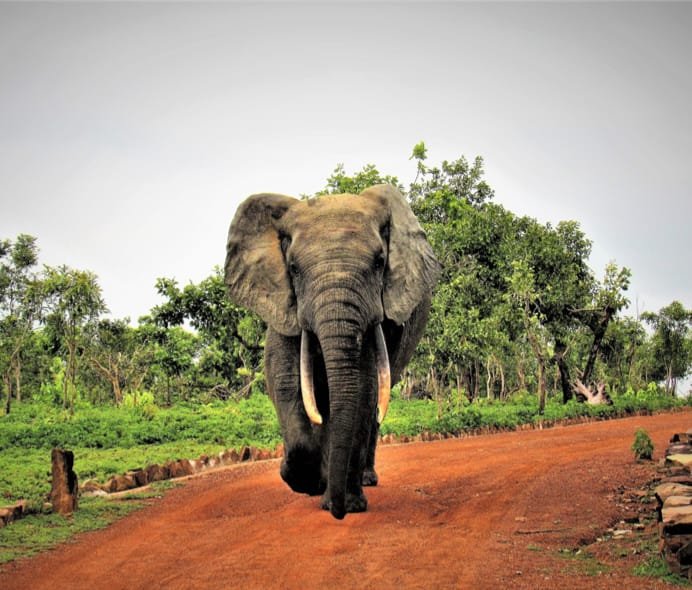I suspect that during the pandemic and the sundry lockdowns we have all had to bear, many of us have spent that “quality home time” digging through memories from the past. For me that means photos! Recently, I came across a few from 2016 taken while I was in western Uganda near the Impenetrable Forest not far from where the iconic mountain gorillas live. It is a rugged, yet beautiful area, not inaccessible, but indeed difficult to reach. I went there with Raising The Village, a terrific enterprise that the Greater Impact Foundation has been supporting for some time.
RTV’s holistic model addresses the key drivers of poverty in a region virtually off the grid, even absent from the census; a region of villages that functions largely on the barter system as money is hard to come by. Their initial focus usual centers around assessment of water availability and quality, agriculture development, logistics, health and more. True as well; it’s no coincidence that each community often has challenges unique to themselves. Logistics is a great example. There are some great stories to be told.
The model revolves around a village graduation model among other things, and, as you might imagine, buy in from local village leaders combined with the administration of that relationship between those leaders and RTV is essential.
It comes as no surprise; agriculture is the primary source of income in this part of the world. When something gets in the way of that it creates all sorts of compounding challenges. Every effort is taken to ensure the best possible agricultural output. Work gets done with training, ongoing support through graduation, quality inputs, water availability, access to markets, all underpinned by a collective local community wide effort. Collectively, many things make the model work but a rigor and thirst for quality data to help guide decision-making in the field and for the future is a key attribute. Equally so, note that virtually everyone working on the ground is Ugandan.
Now, in context, I can tell the story about the elephants and the bees.
One of the projects that has been completed (photos from installation period) is a beehive fence to deter elephants from grazing outside the Impenetrable Forest on fragile, critically important farmland. The fence unlocks hundreds, if not more of good farmland acreage that the villagers stopped planting because of the elephants. The fence is simple, but it works because elephants and bees are not a match in heaven. Concrete posts are anchored apart like fenceposts for great distances. Heavy duty wire is strung along the post line with a beehive hung on the wire between each post. When a grazing elephant sniffs out the farmland and
heads that way they confront the fence, rattle the wire, thus the hives and voila there are bees everywhere. Did I say, we are in Africa. These are African bees!
On the other hand, erecting the fence is an incredible task. All the raw materials, concrete fence posts, hives, fence wire etc. are brought into the mountains largely by foot. Tools remain relatively crude. Conditions can be debilitating. It takes time. I have attached some pictures, but they do not do it justice. Woman along with men did all the work. It is backbreaking work in difficult conditions. Most wore secondhand shoes, sandals or went barefoot. In my boots, I fell crossing a small brook, doused my camera and was without for the rest of my trip.
But the farmland, a lot of it, is available for planting. And now, imagine wearing and working in the beekeeper’s suit in the picture (one of my favorites) in these challenging conditions.
Next week I’ll share one of the logistics stories. I promise. It has nothing to do with semis.





